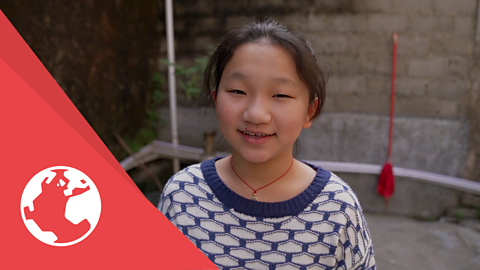What is the Chinese Lantern Festival?
Chinese New year, also called Spring Festival (Sorry, something went wrongCheck your connection, refresh the page and try again. Chūn Jié), in China, marks the beginning of the Spring season.
The Chinese Lantern Festival (Sorry, something went wrongCheck your connection, refresh the page and try again. Yuán Xiāo Jié) marks the final day of these celebrations.
The lanterns symbolise people letting go of the past year and welcoming the new year with good fortune.
When is the Chinese Lantern Festival?
The Chinese Lantern Festival falls on the fifteenth day of the first month in the Chinese lunar calendar.
During this time, try saying this in Mandarin:
Sorry, something went wrongCheck your connection, refresh the page and try again. Yuán xiāo jié kuài lè! - Happy Lantern Festival!
How do Chinese people celebrate the Lantern Festival?

Many different performances and activities take place to celebrate the Chinese Lantern Festival.
Lanterns (Sorry, something went wrongCheck your connection, refresh the page and try again. Dēng lóng) are hung from Chinese New Year’s Eve until the end of the Chinese Lantern Festival.
Lantern owners often write riddles, called Sorry, something went wrongCheck your connection, refresh the page and try again. cāi dēng mí, on a paper note and paste them on the lantern.
The crowds who come to view the lanterns will then try to guess the riddles.
Give this one a try:

‘What belongs to you, but others use it more than you do?’
You can find the answer to this riddle at the end.
Why not try making your own Chinese paper lantern?
Some cities in China also put on amazing displays of colourful lights as a part of the celebrations.
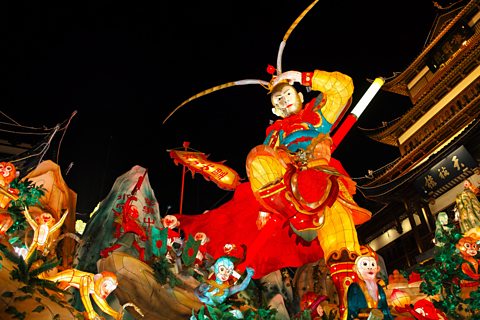
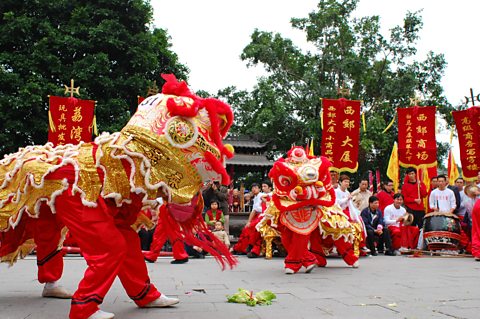
A variety of performances will take place in different regions of China for the Lantern Festival, but two of the most popular performances are:
Sorry, something went wrongCheck your connection, refresh the page and try again. wǔ lóng - dragon dance
Sorry, something went wrongCheck your connection, refresh the page and try again. wǔ shī - lion dance
Both the lion and the dragon are symbols of power and good luck in China, and the dances intend to bring happiness and good fortune to people.
What do Chinese people eat for the Chinese Lantern Festival?

The most popular food for the Lantern festival is Sorry, something went wrongCheck your connection, refresh the page and try again. tāng yuán.
汤圆 Tāng yuán are rice dumplings with sweet fillings, unwrapped, steamed or fried and served in syrup.
Rice dumplings represent family reunion - their name even sounds similar to the Mandarin for ‘reunion’ (Sorry, something went wrongCheck your connection, refresh the page and try again. tuán yuán).

The answer to the riddle is ‘Your name’.
More on Culture
Find out more by working through a topic
- count3 of 4
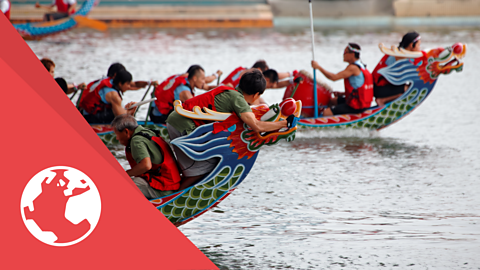
- count4 of 4
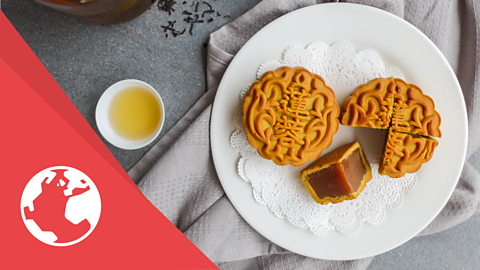
- count1 of 4
